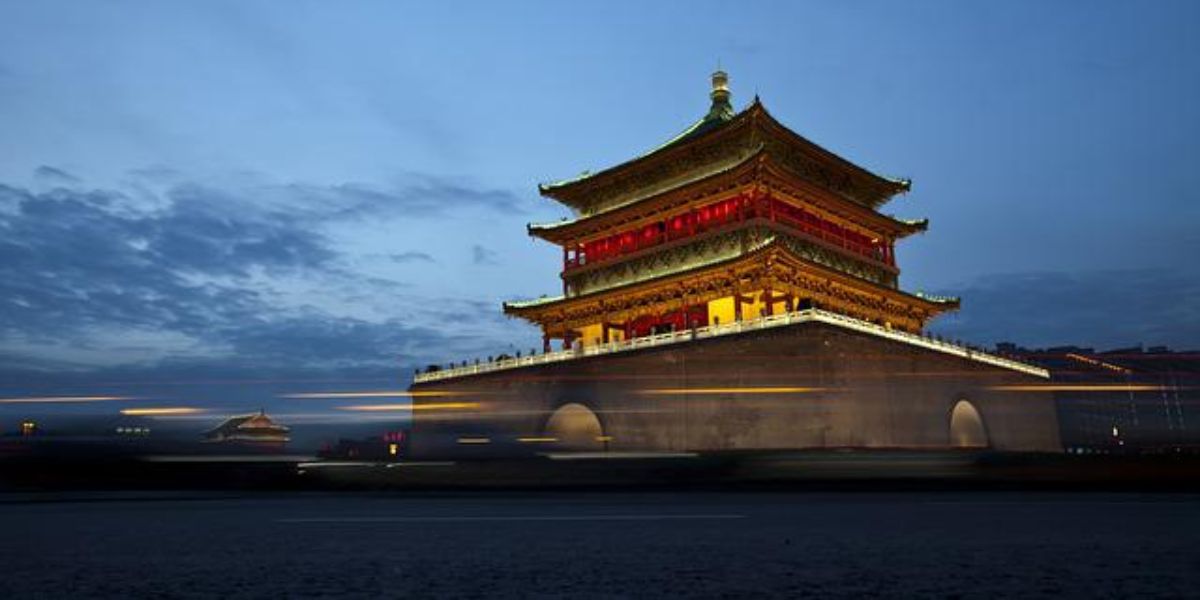The Delhi High Court, in the case of: Magneti Marelli Powertrain India Pvt. Ltd. v. DCIT (ITA 350/2014), held that taxpayer’s contractual obligation to make a payment as per business and commercial requirements and arrangements cannot ipso facto (by the act or fact) be the end of the enquiry. Arm’s Length Price (ALP) determination in respect of each international transaction is required be carried out irrespective of taxpayer’s obligation to make payment arising out of agreement(s) between the transacting parties.
Summary of the case:
According to the case, the taxpayer manufactured and sold engine control units, and entered into a license and technology assistance agreement with its foreign related parties for obtaining engine control unit technology of a lump sum technical assistance fee. The taxpayer adopted the TNMM to benchmark all of its international transactions, and claimed that its international transactions were at arm’s length.
The Transfer Pricing Officer rejected the taxpayer’s benchmarking approach, and instead determined that all of the taxpayer’s international transactions could not be at arm’s length because the overall operating profit was greater than that of comparable companies. The Transfer Pricing Officer rejected the use of the TNMM and applied the CUP method in respect of one payment transaction relating to the technical assistance fee, and determined its arm’s length price was nil. This determination was also upheld by the Dispute Resolution Panel.
The decision of the Court:
The Delhi High Court held that if the method (in this case, TNMM) were accepted as the most appropriate method for all other international transactions, the Transfer Pricing Officer could not subject only one transaction to an entirely different transfer pricing methodology. Thus, TNMM had to be applied with respect to the technical assistance fee.
The court also found that the taxpayer’s approach of combining its international transactions for determining the arm’s length price on a consolidated basis was incorrect. Yet, merely because the taxpayer’s overall profit was greater than that of comparable companies did not in and of itself mean that all the international transactions were at an arm’s length price.

















